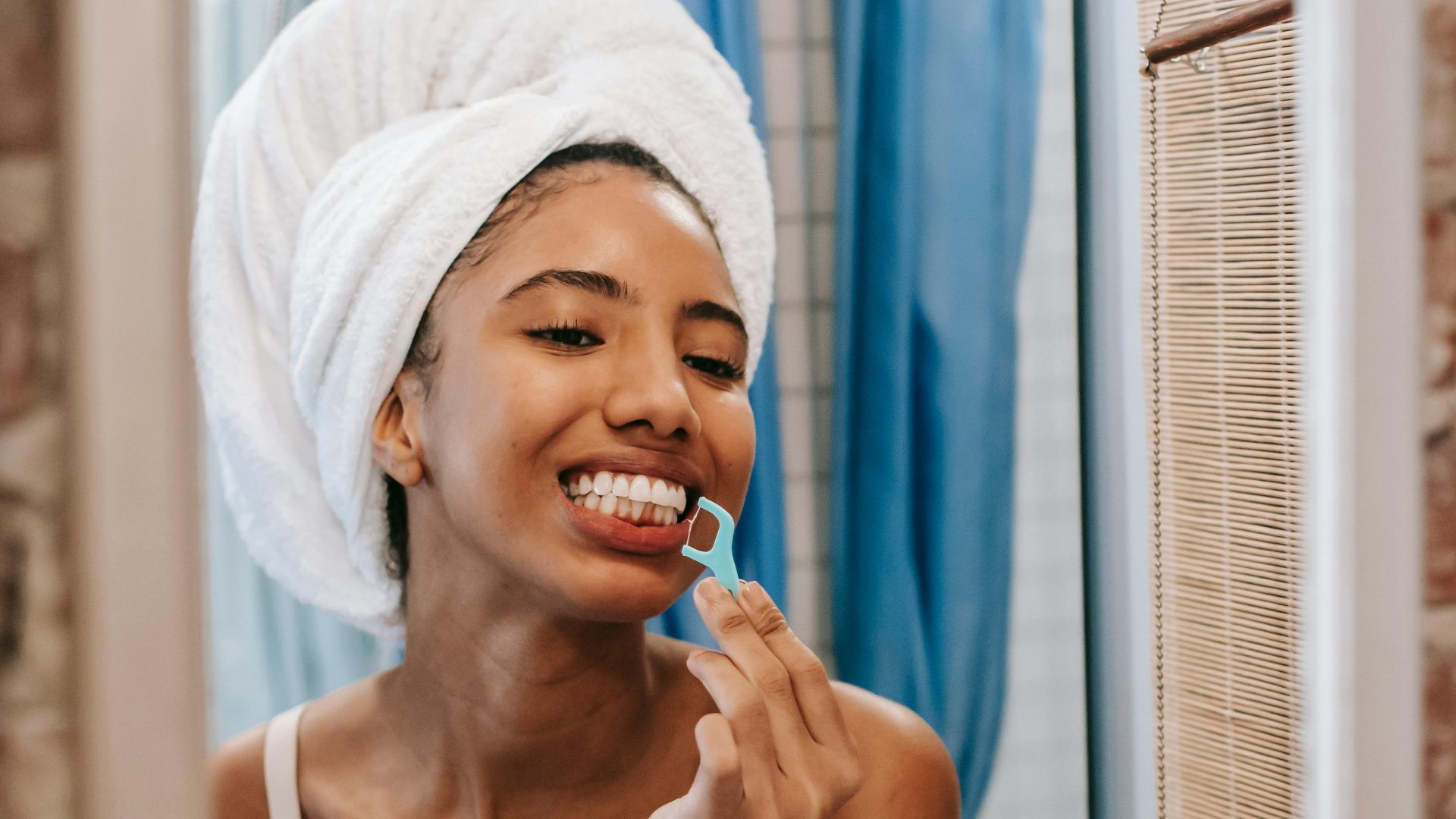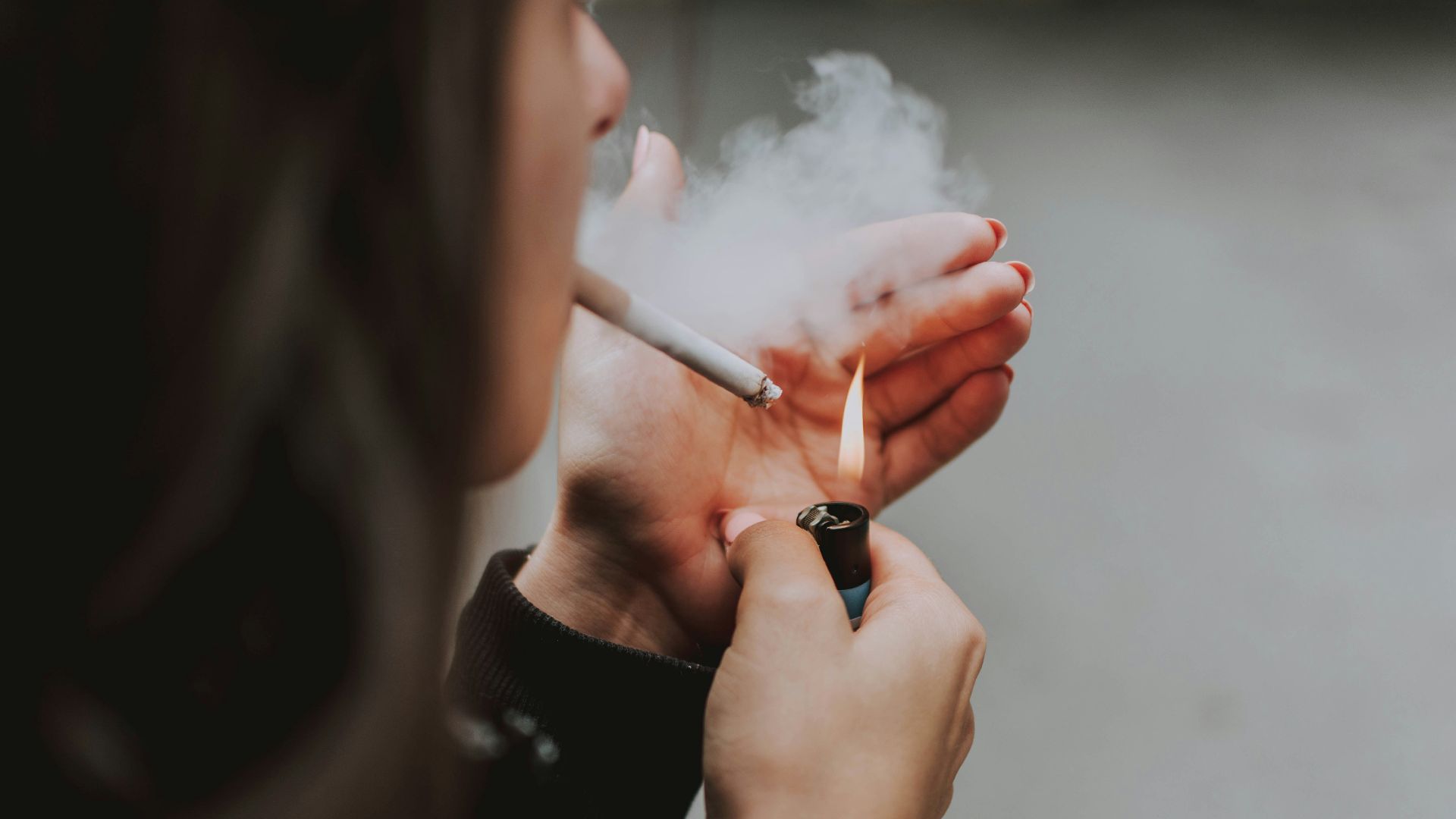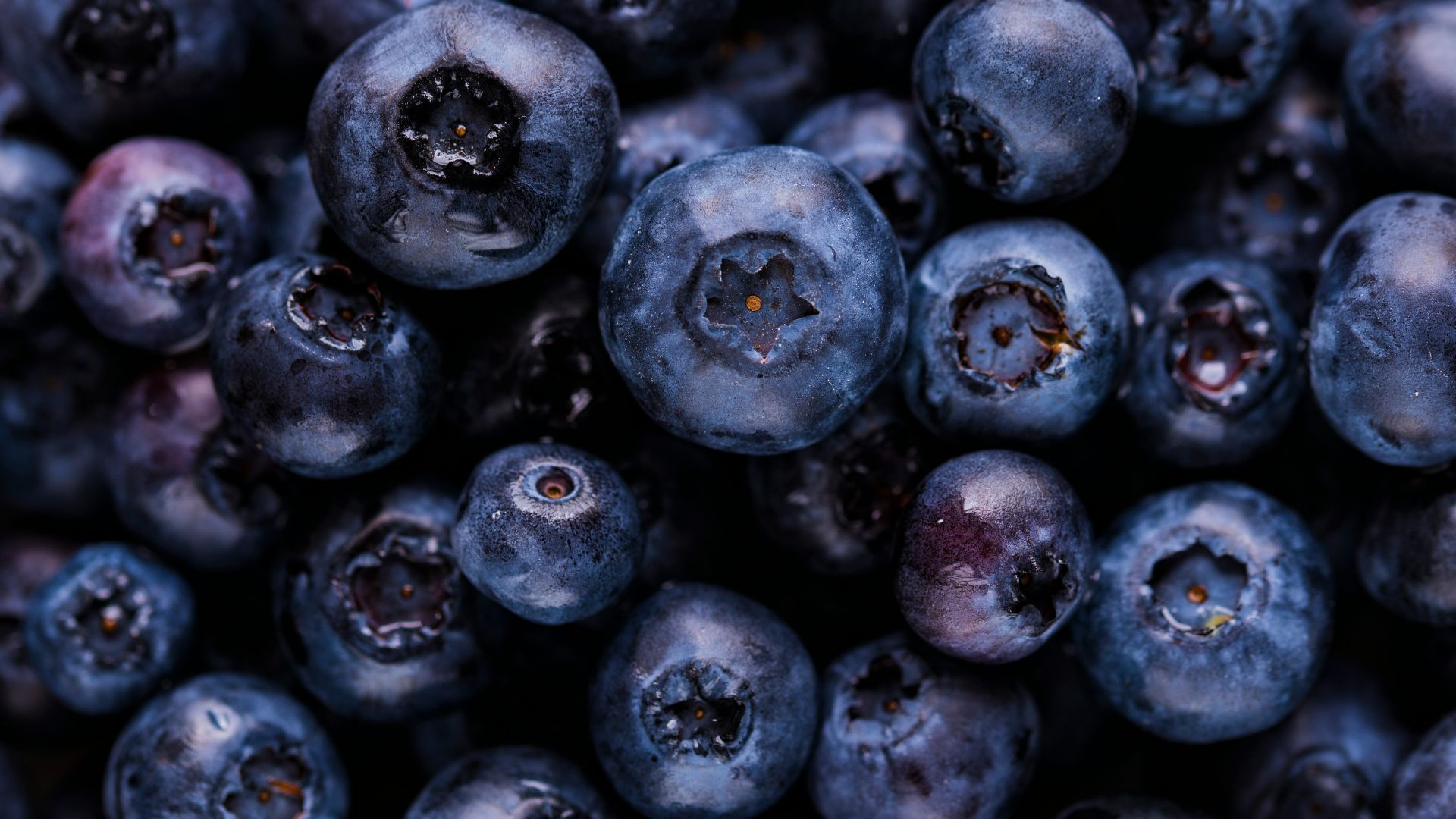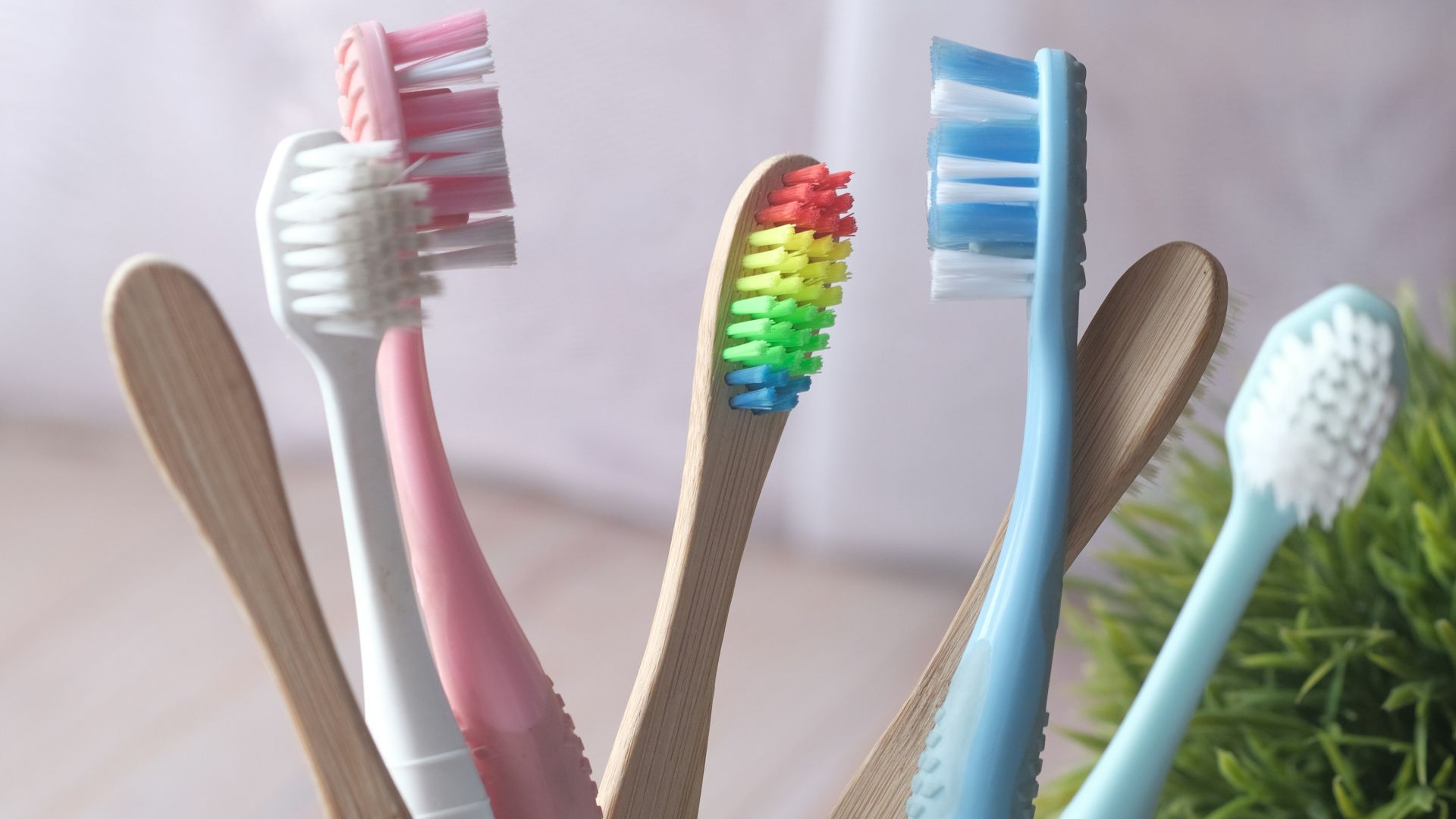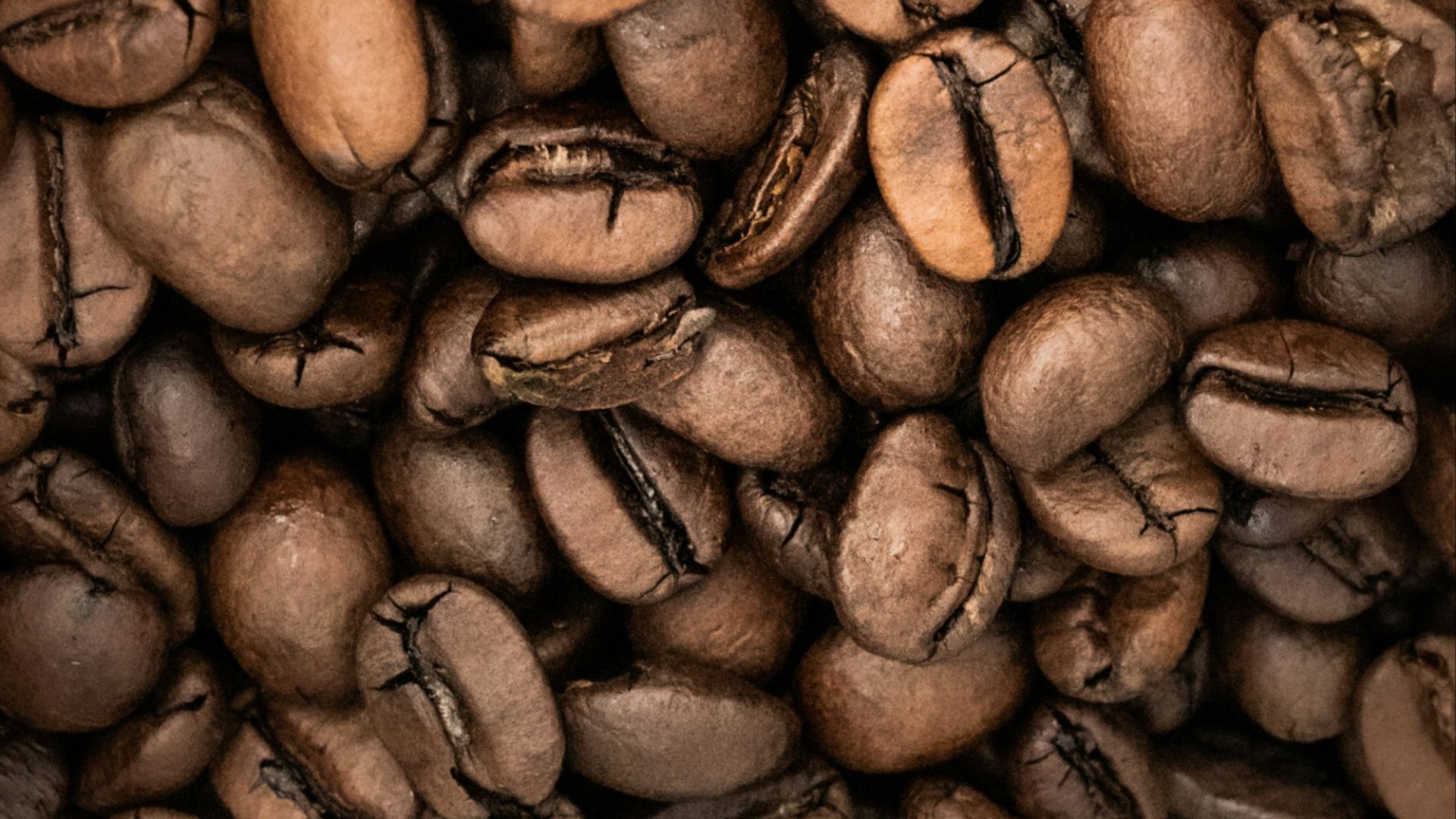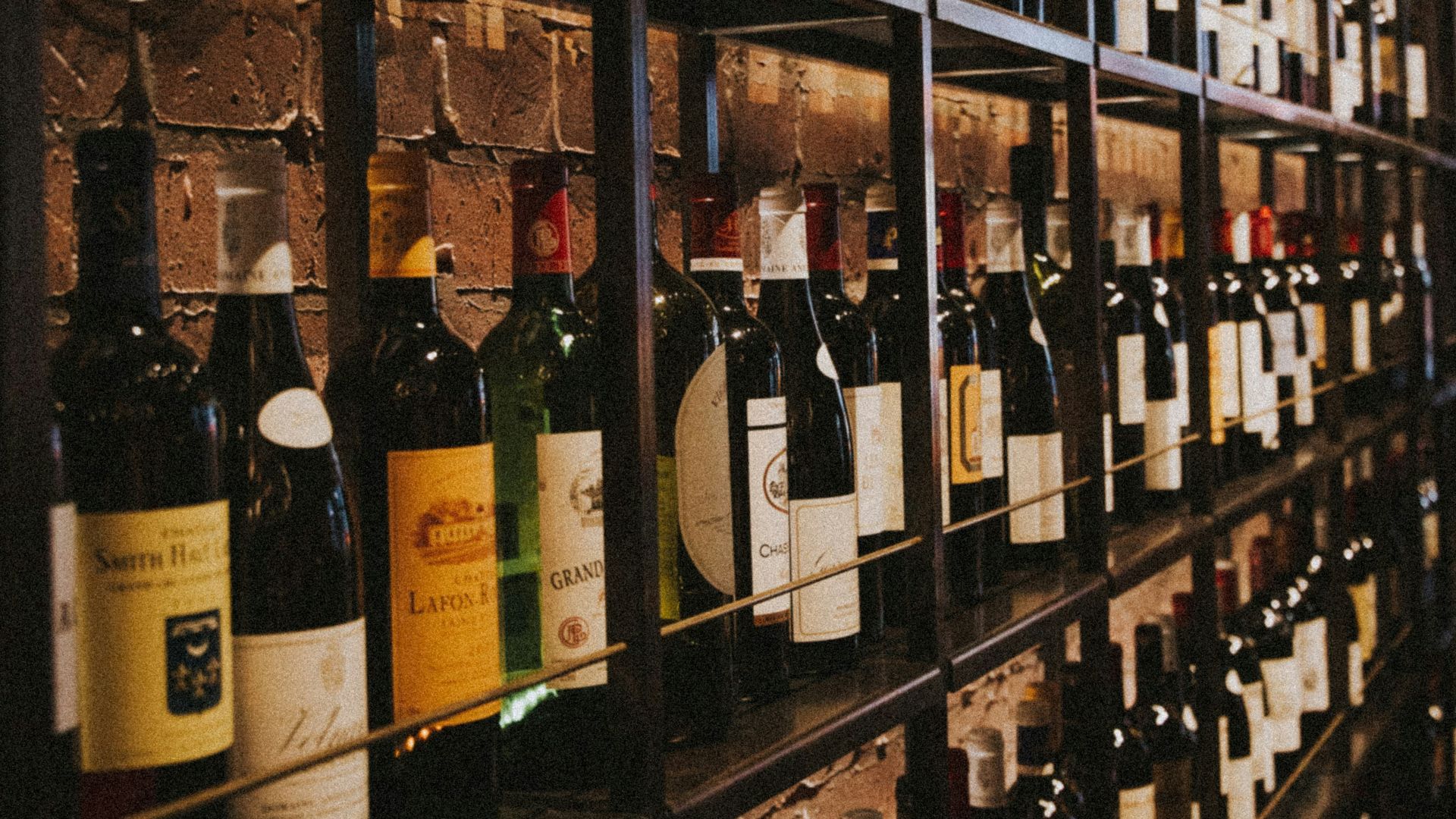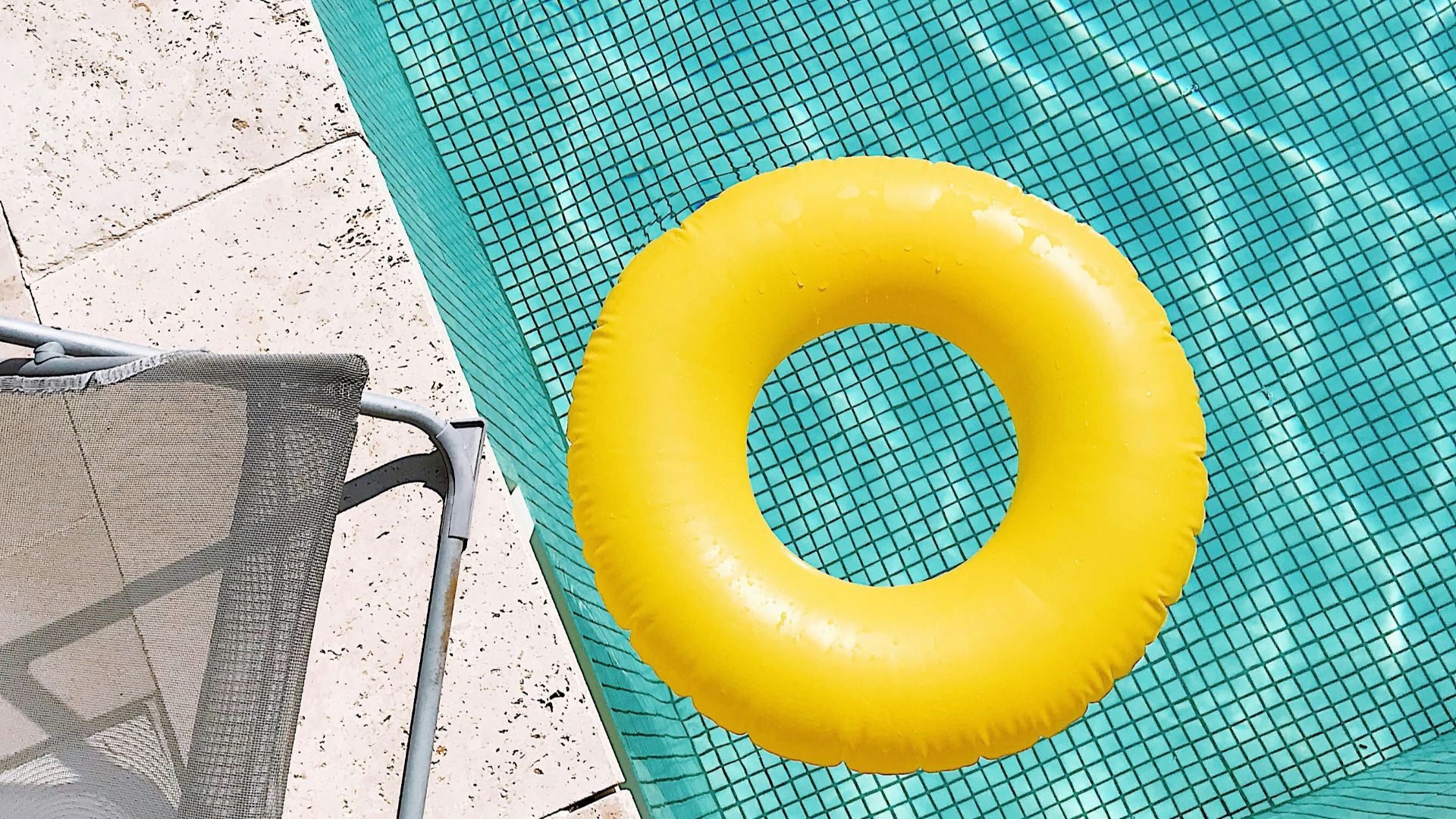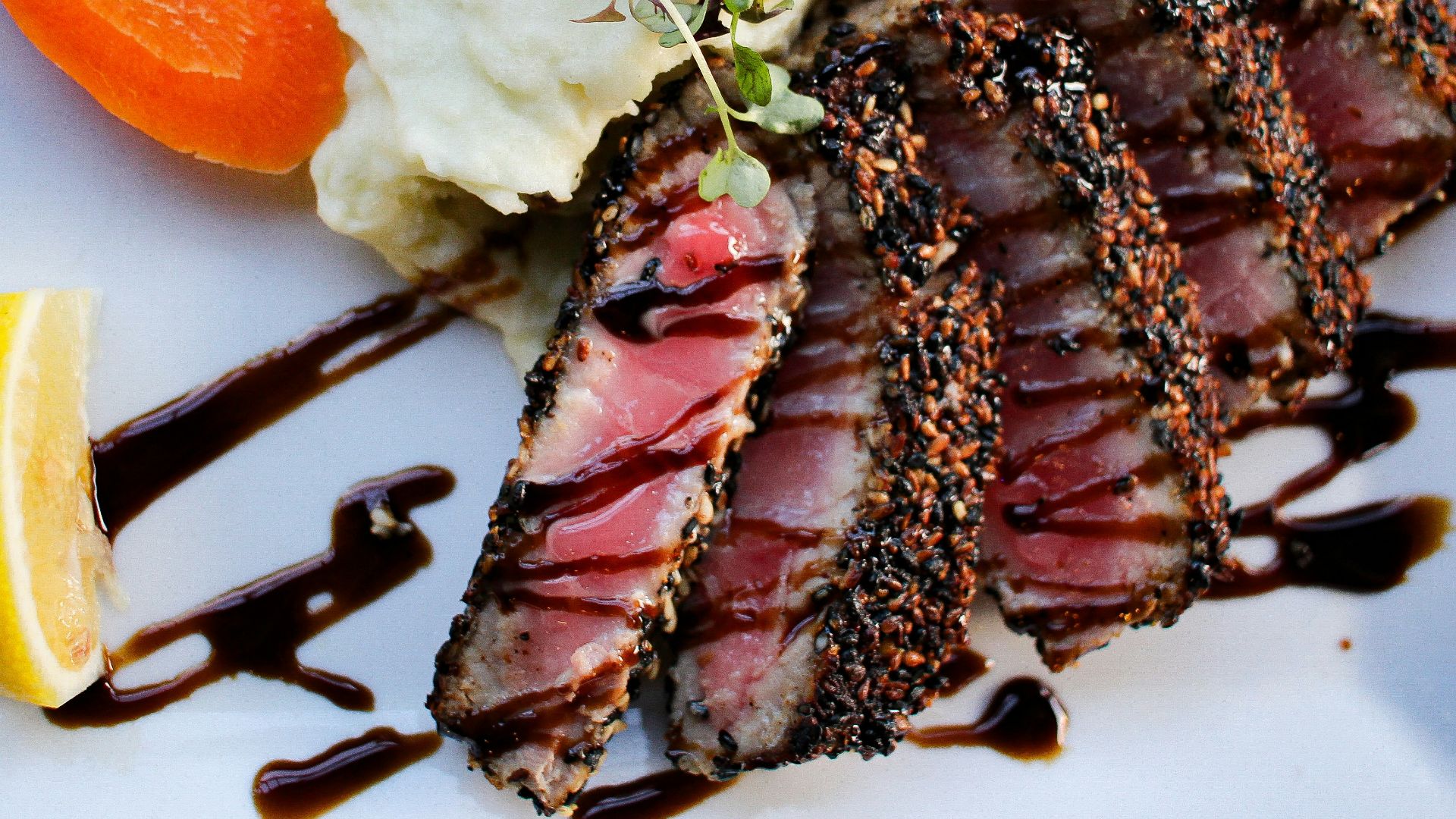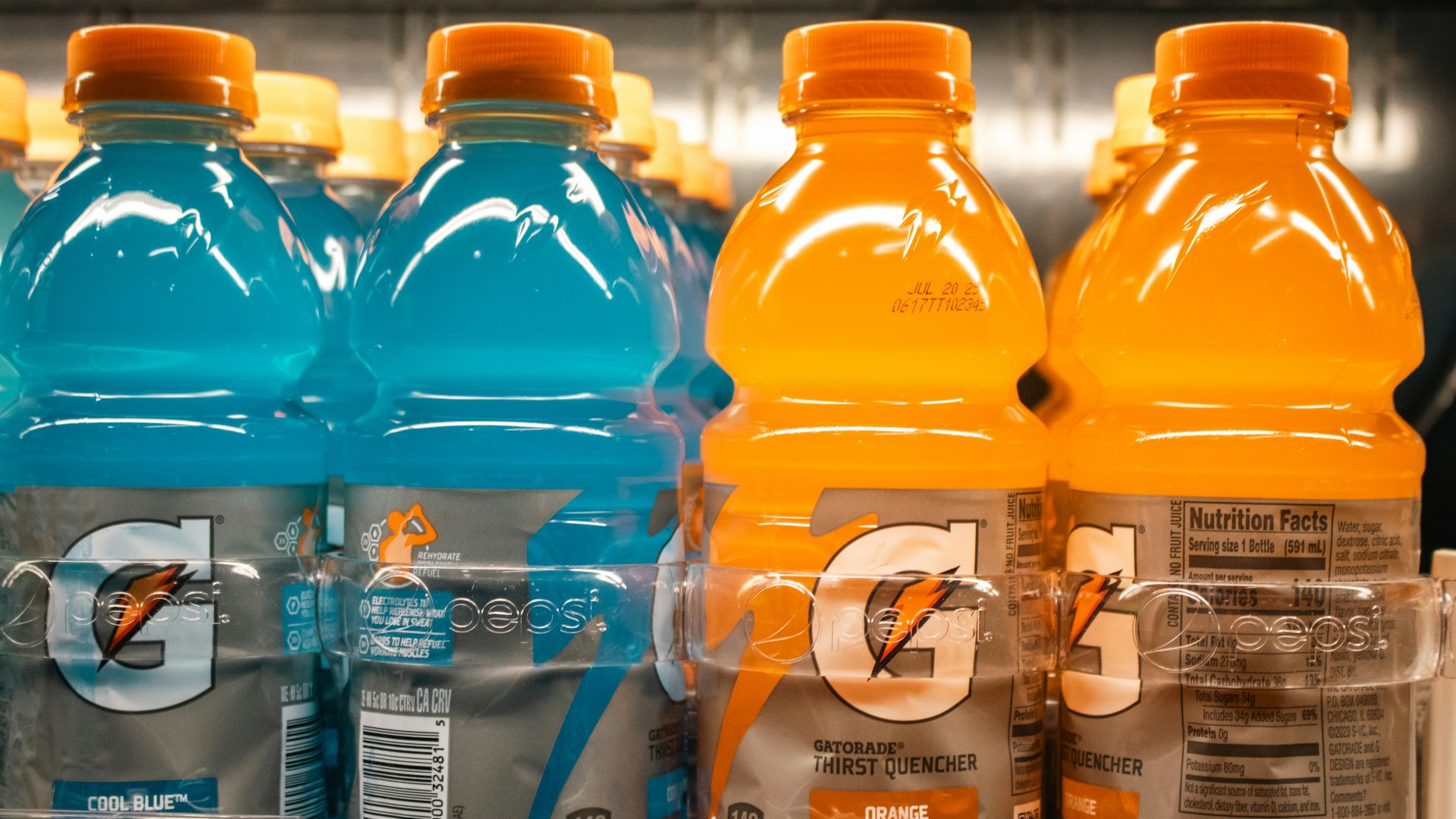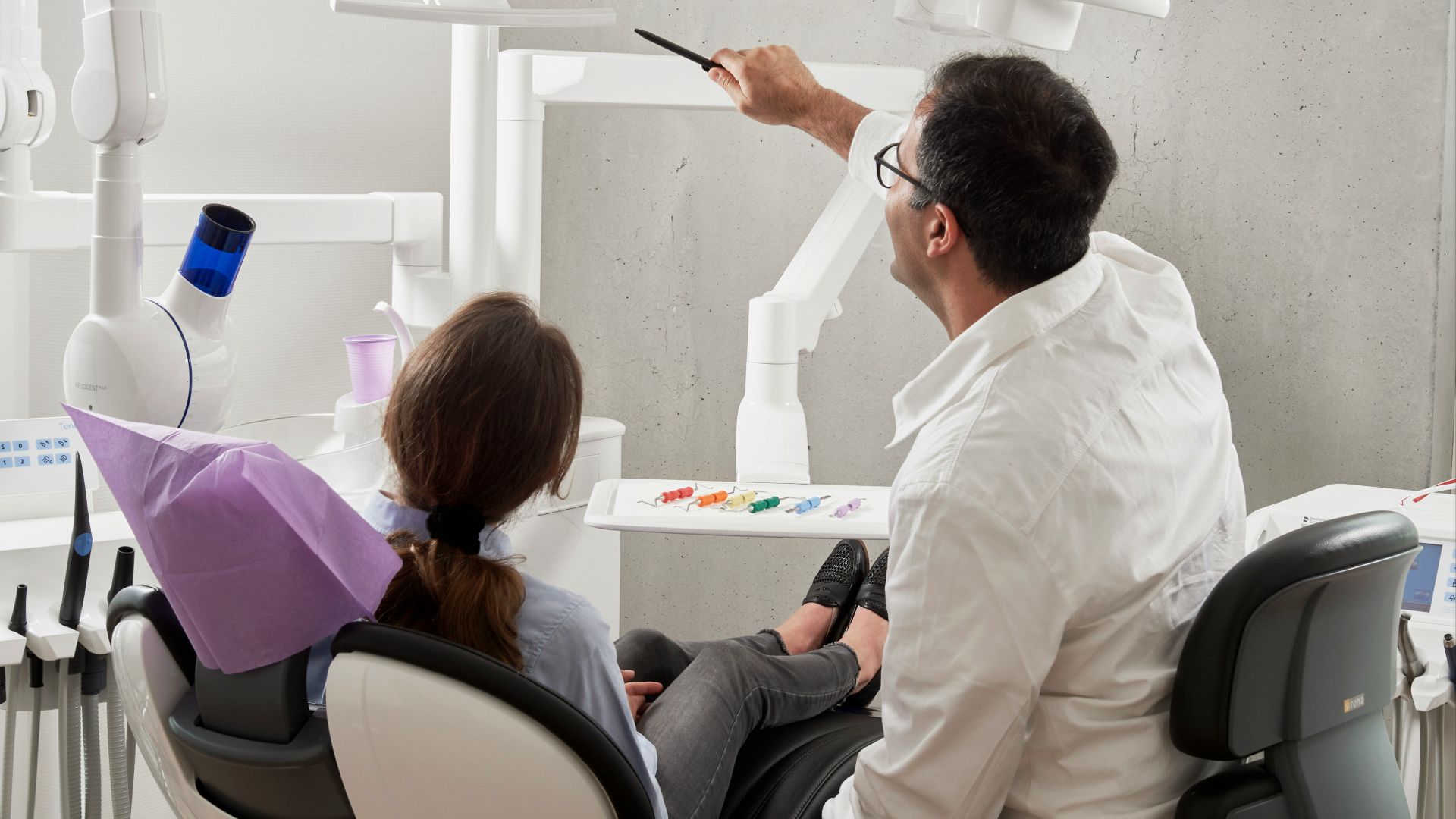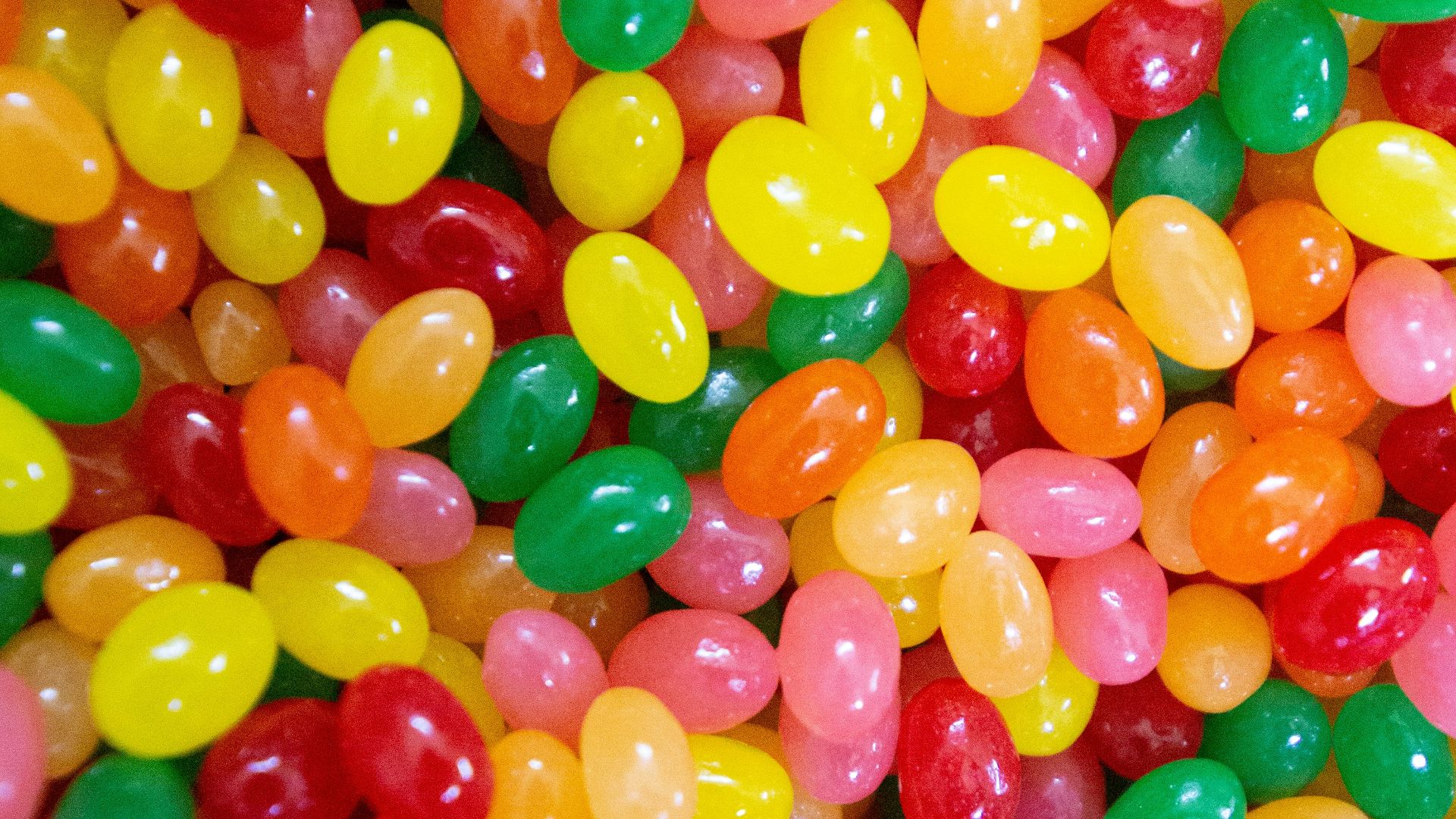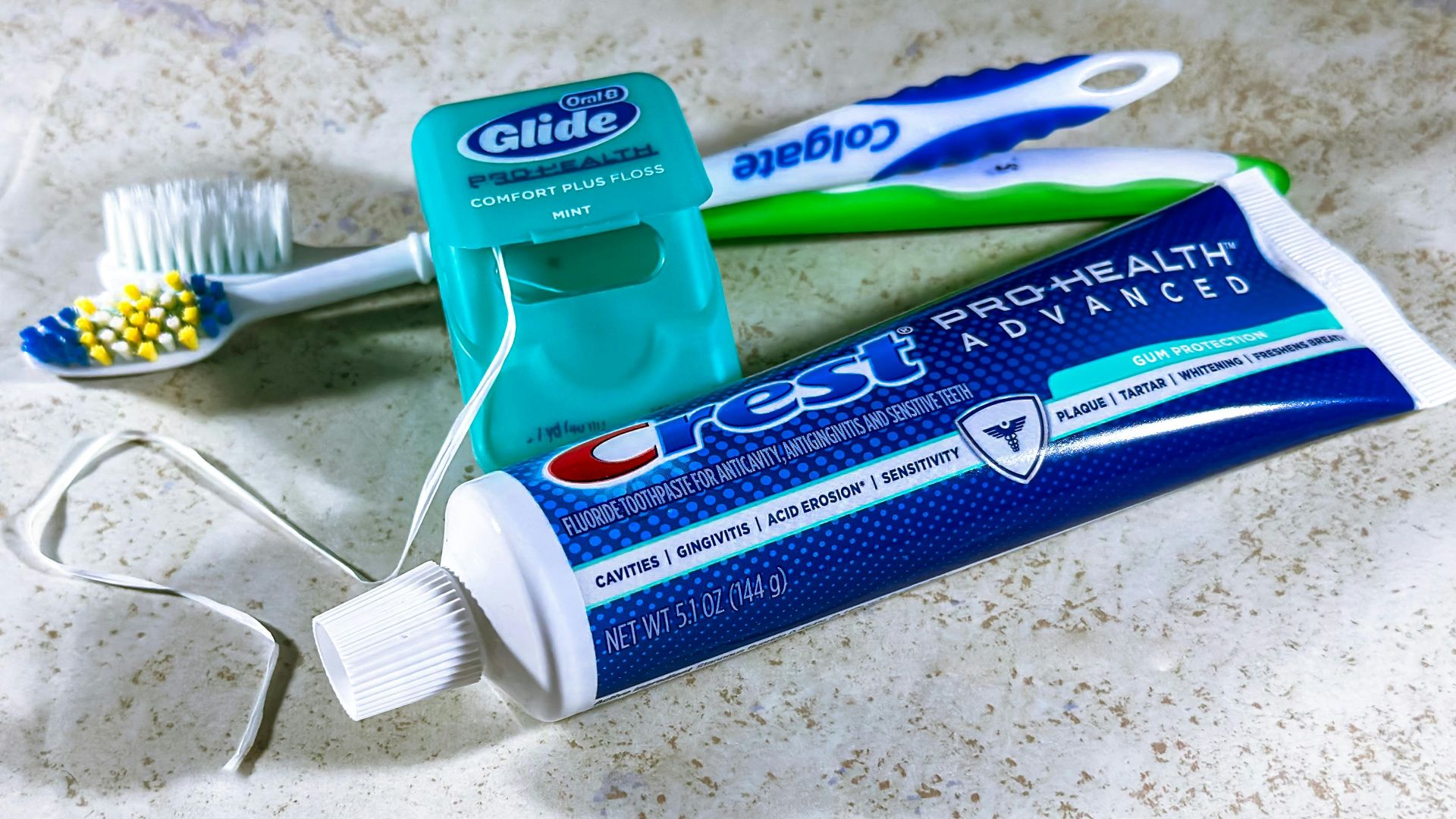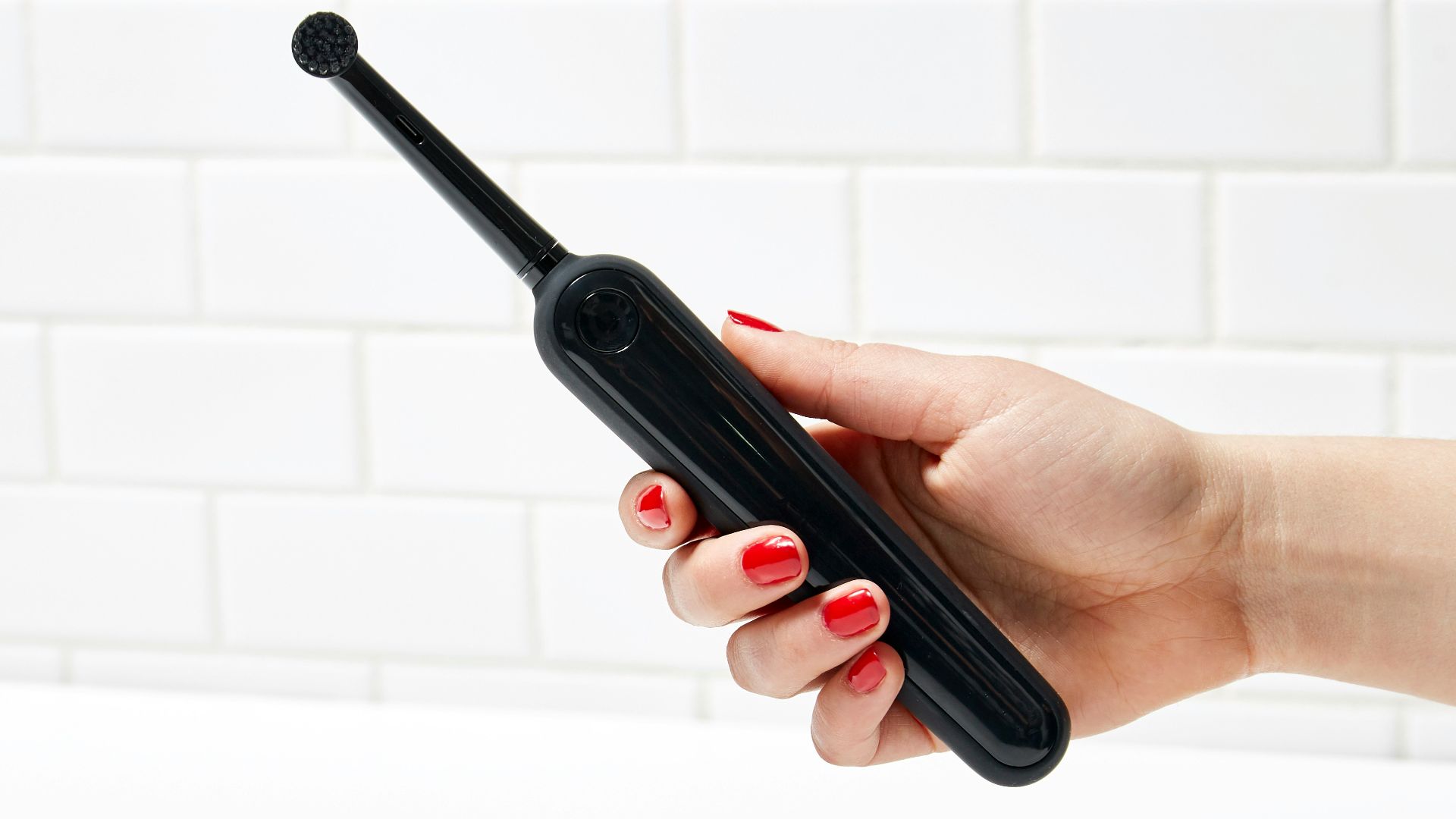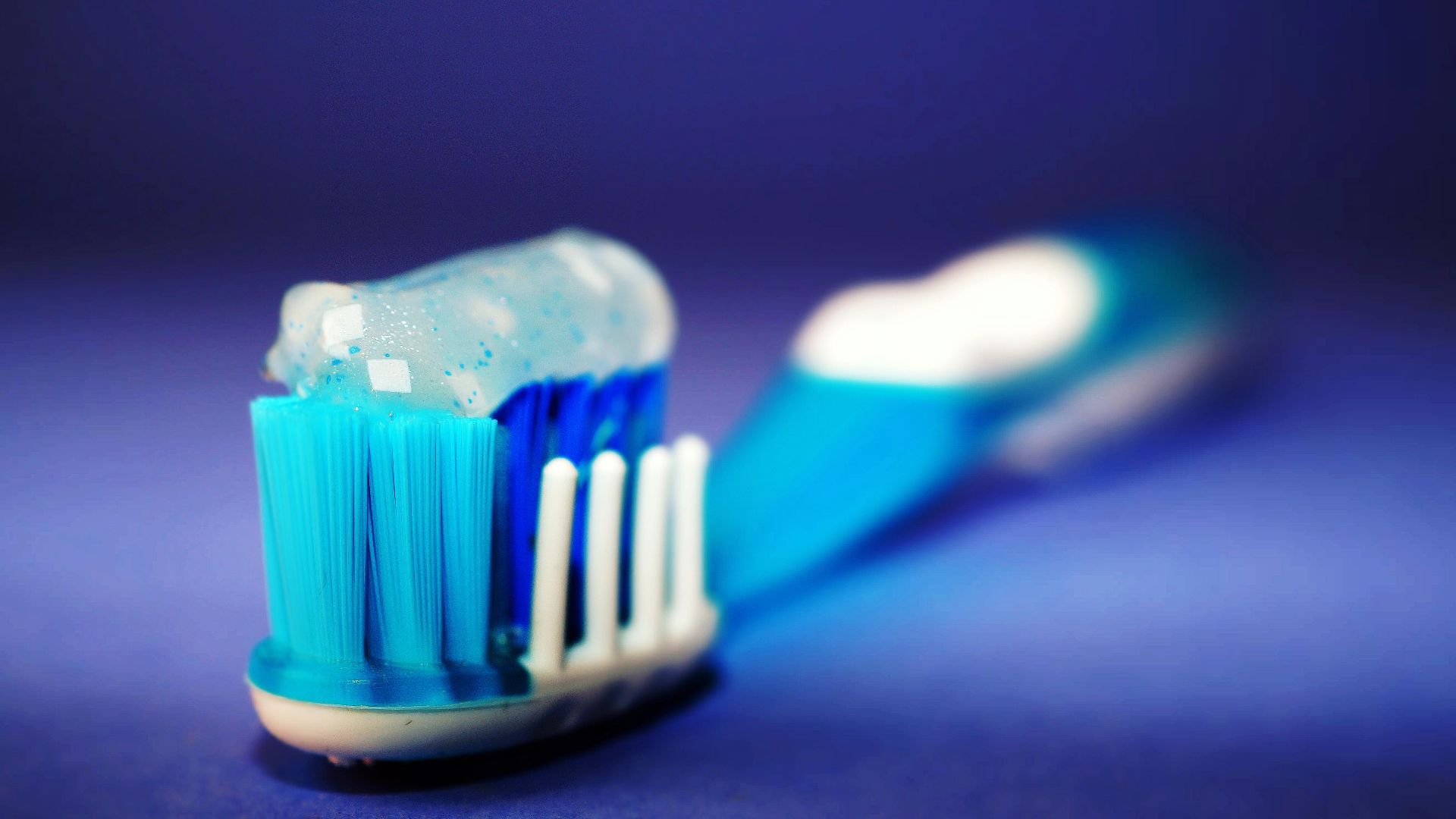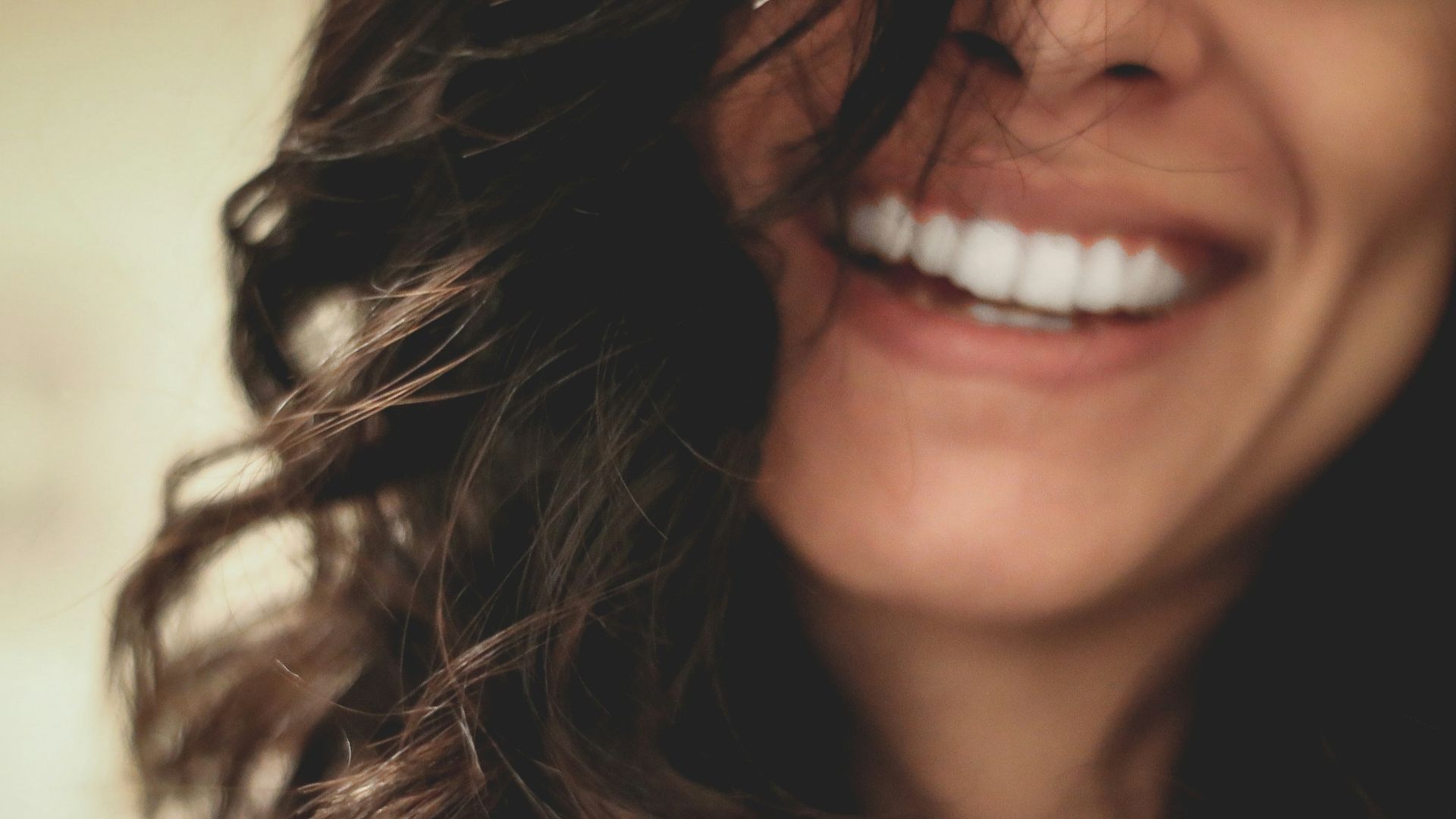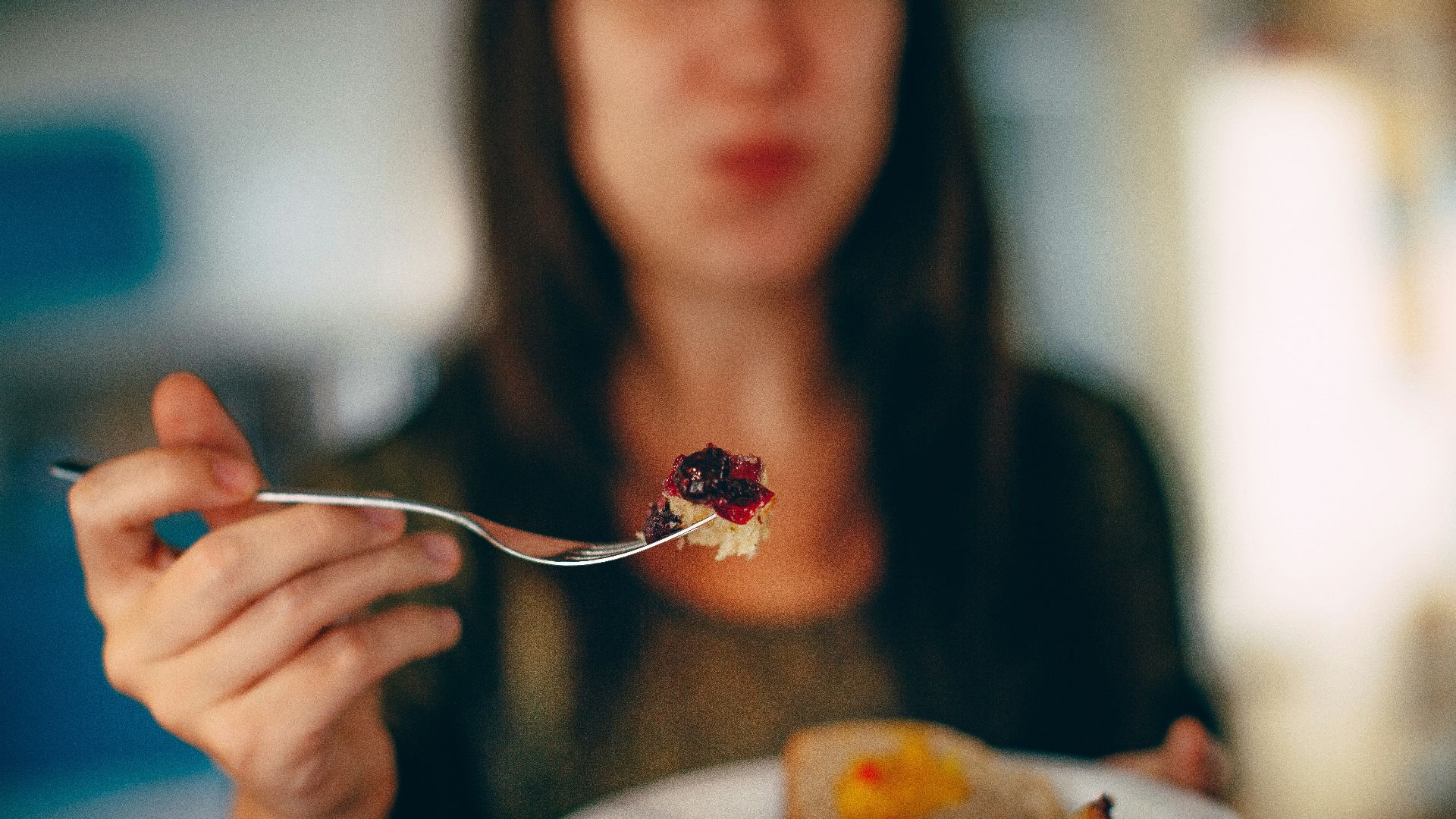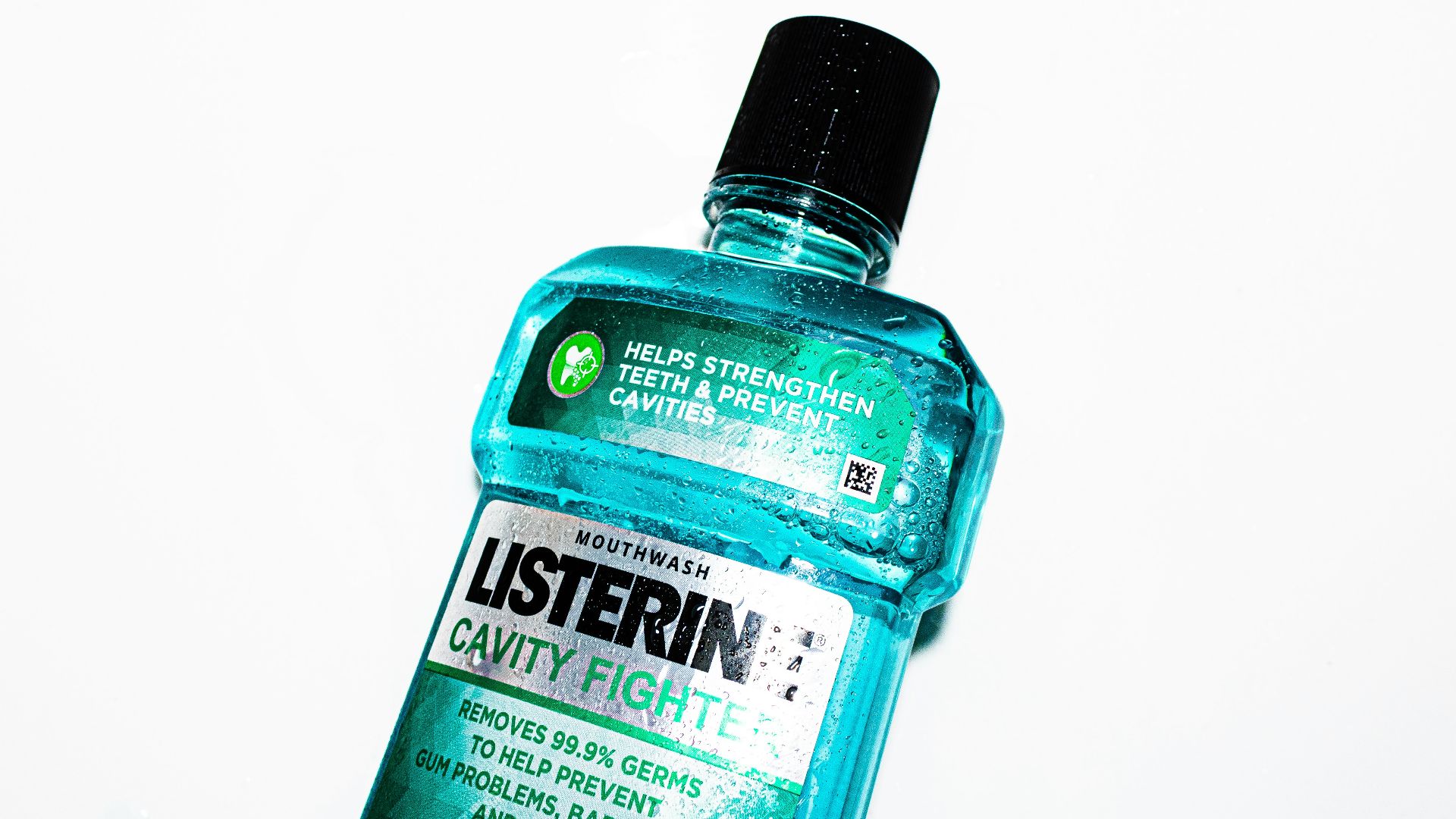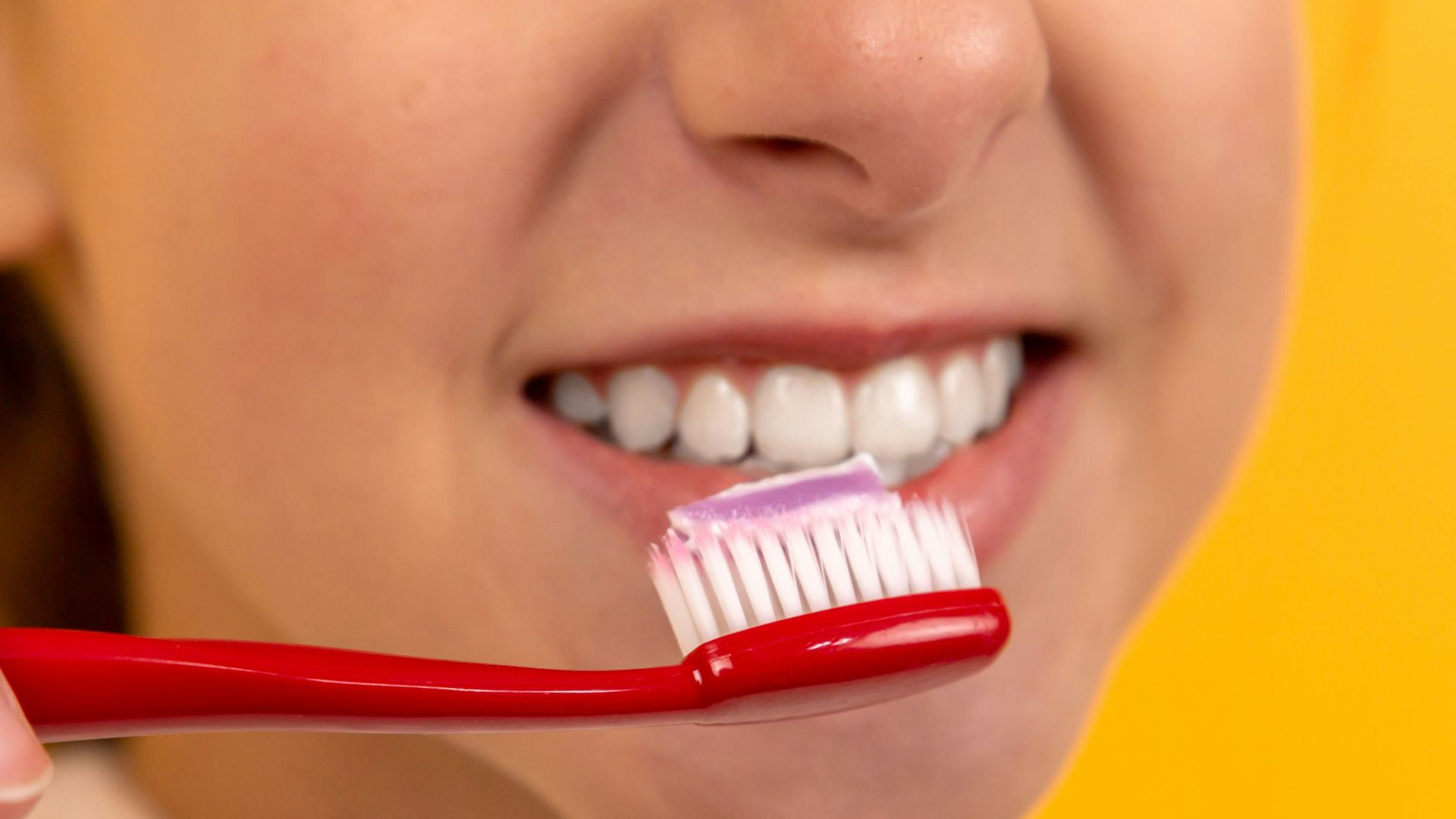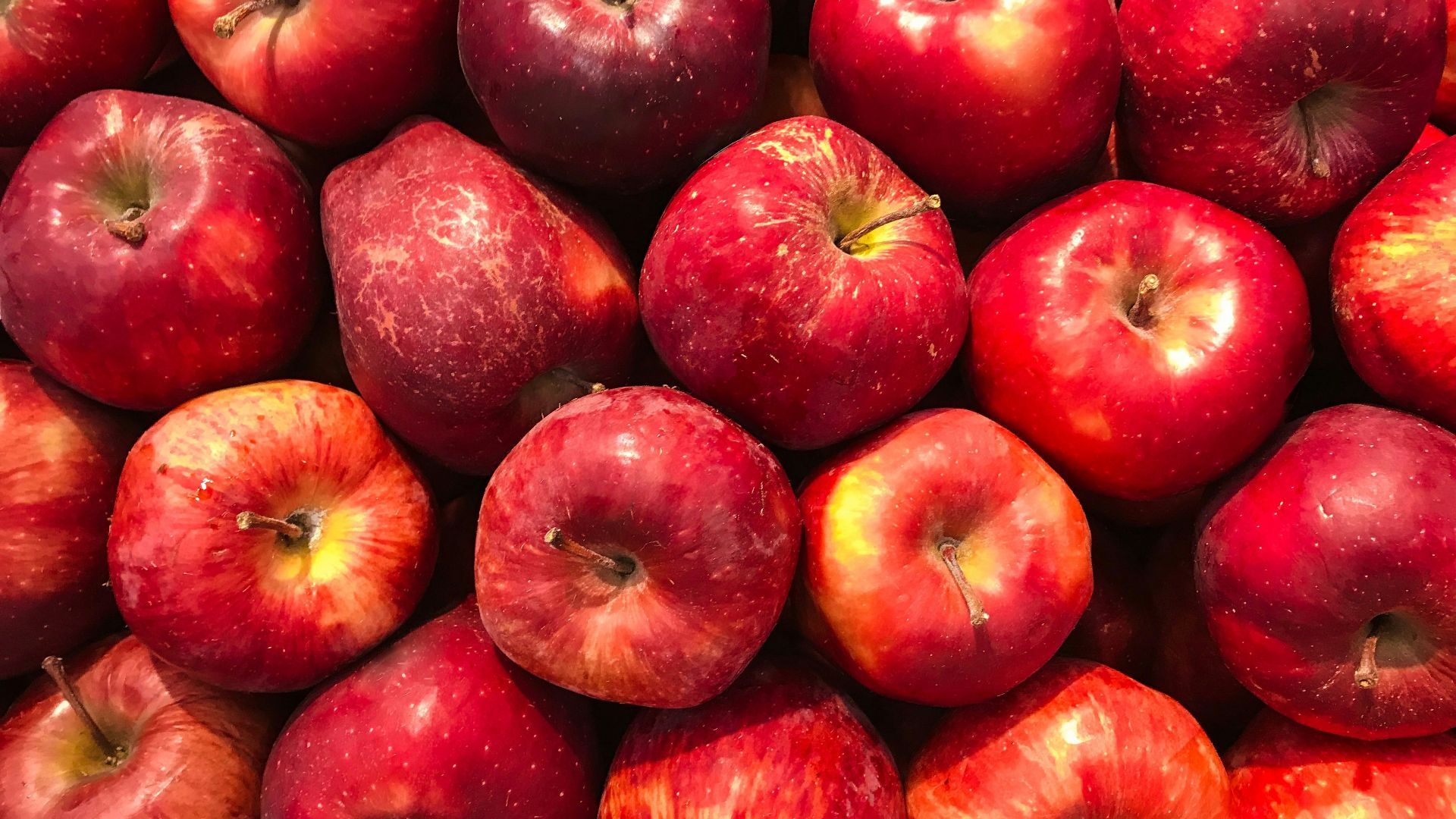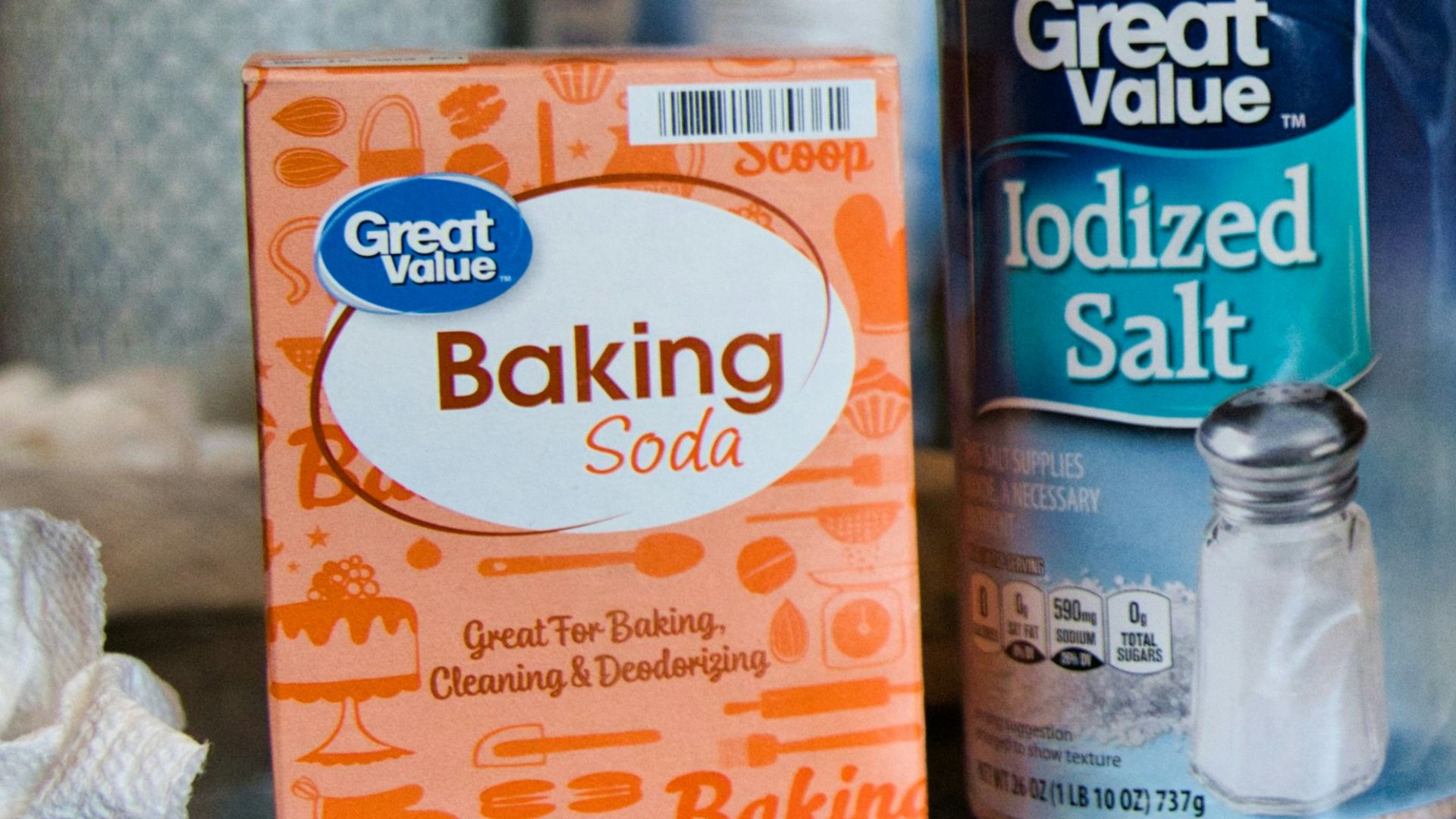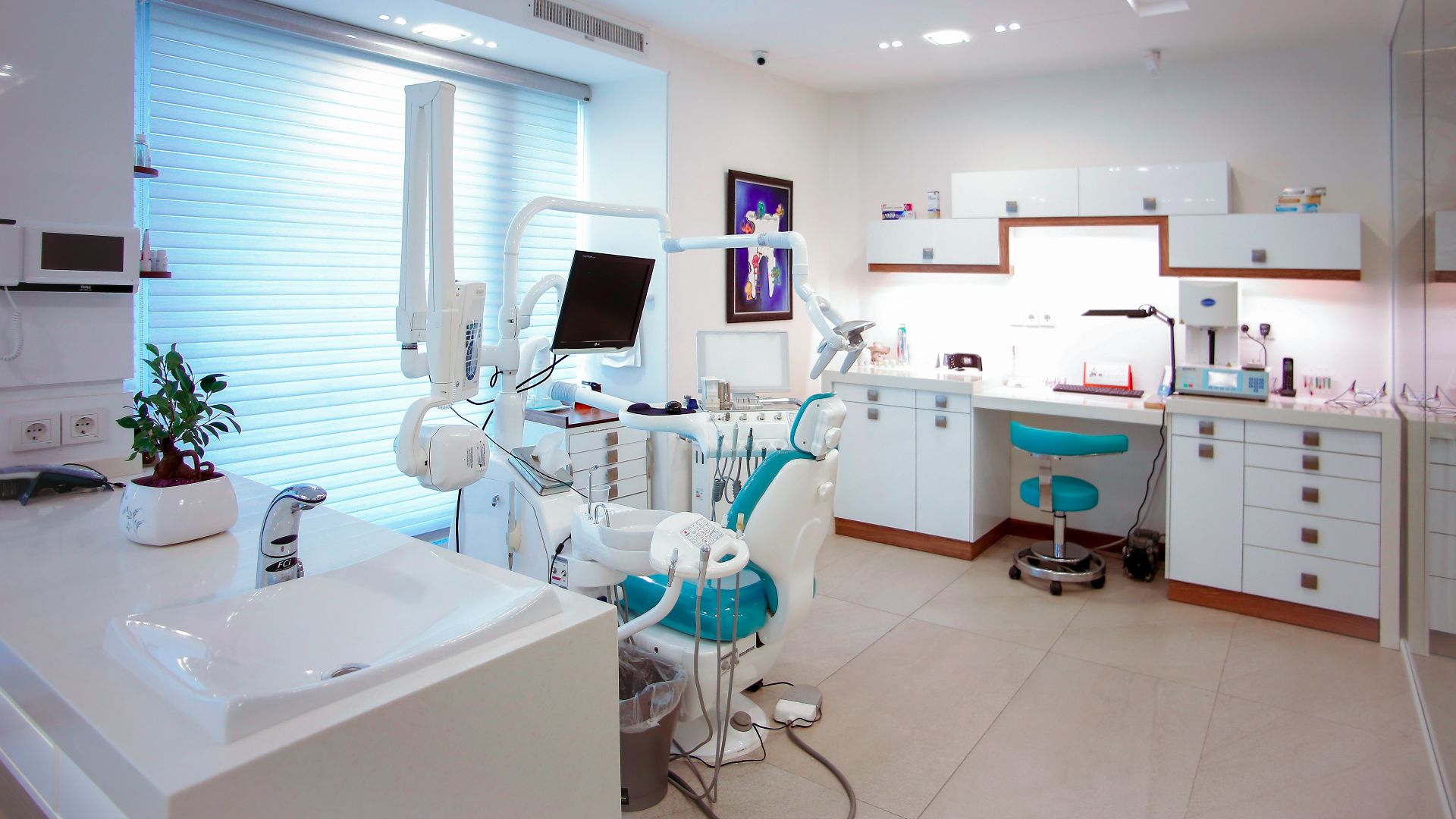Turn Discolored Frights to Pearly Whites
We all want an award-winning smile, but sparkling teeth depend on everything from your pastimes to your choice of food. Let’s dive into a few common things that stain your teeth, and what you can do to fix it.
1. Smoking
In addition to the numerous health concerns that come with smoking, oral hygiene can take a serious hit thanks to tobacco products as well. You may experience yellowed teeth, higher risks of oral cancer, gum disease, and even tooth loss.
2. Dark-Colored Berries
On the other hand, even healthy foods can cause stains, especially darker fruits like berries. Blackberries, blueberries, and pomegranates may taste delicious, but too many of them can leave a lasting impact on your teeth.
3. Poor Oral Hygiene
White teeth begin with proper oral hygiene, which means thorough brushing and diligent flossing are a must. If you don’t brush your teeth enough (or for long enough), those surface stains can find permanent residence on your teeth.
4. Tea and Coffee
You may have heard that coffee causes surface stains, which it does, but tea isn’t off the hook either! Popular leaves like green tea and black tea can unfortunately yellow those pearly whites as well.
5. Red Wine
As you may have guessed, some liquids are bigger culprits than others—and our beloved red wine can be a huge detriment to your teeth. It actually comes with a dangerous trifecta: tannins, pigments, and acidity (which also weakens enamel). White wine is another potential issue thanks to its acidity, and it can also weaken enamel.
6. Chlorinated Pool Water
Believe it or not, it’s not always the liquids you drink that stain your teeth. Sometimes it’s the very ones you swim in! Avid swimmers may experience something called “swimmer's calculus,” a condition caused by prolonged exposure to chlorine that discolors teeth. Not everyone experiences it, but it can happen if you spend more than a few days a week vigorously swimming.
7. Balsamic Vinegar
We’ve covered black tea. We’ve spoken about coffee and red wine. At this point, you know what’s coming! Yes, another dark liquid makes the list: balsamic vinegar. Not only does it have dark pigments, but it’s also quite sticky, and together, that can stain your teeth.
8. Sports Drinks
For all their benefits, sports drinks do come with a few setbacks, namely, against your teeth. Like anything too acidic, these electrolyte-rich drinks can erode enamel and even stain teeth. Dentists often recommend water to keep your teeth nice and white.
9. Skipping Dentist Appointments
Visiting the dentist is just as important as your annual doctor appointments. When you skip cleanings, you leave your teeth susceptible to plaque, gingivitis, and cavities. While diligent dental care starts at home, your dentist keeps those chompers in tip-top shape.
10. Too Much Candy
Acidity isn’t the only thing corroding your teeth. Excessive sugar, whether it’s in soda or your favorite pastries, also wreak havoc on your teeth. Not only does it cause cavities, but too much sugar can also yellow your smile.
It’s a little scary to see just how many everyday items stain our teeth. However, there are lots of things you can do to combat discoloration and keep your teeth in good health!
1. Proper Brushing
You won’t get anywhere without thorough brushing twice a day. Experts suggest brushing for at least two minutes and avoiding harmful behaviors like harsh movements or improper flossing. Make sure you get behind the teeth and reach the gumline for optimal results.
2. Invest in the Right Toothbrush
Your brushing could vastly improve with the right toothbrush. If you’ve been given the go-ahead by your dentist, invest in a good electronic toothbrush. Often touted as a stronger brush, its mechanics work to scrub away any surface stains.
3. Whitening Toothpaste
We know what you’re thinking: whitening toothpaste is just a load of hooey. Though some brands boast miracle cures for surface stains, others are actually trusted by dentists. You may have even received whitening toothpaste in your take-home goodie bag, which is why it’s important to speak with your dentist about their recommendations!
4. At-Home Whitening Strips
Whitening strips aren’t for everyone. Those with sensitive teeth usually stay away as they can exacerbate irritation or cause gum pain. But not everyone has those struggles, which is why it could be a good solution for removing surface stains. When in doubt, consult your dentist!
5. Dietary Changes
As if we needed another reason to eat better! A good diet impacts everything from your immune system to your teeth, and little tweaks at mealtime can prevent stains down the road. Monitor any consumption of acidic foods, wine, or coffee.
6. The Right Mouthwash
Like toothpaste, certain mouthwashes also offer whitening capabilities. However, don’t just dive on the first one you see! It’s best to speak with your dentist first so you grab the right brand for you. Between alcohol levels and certain ingredients, you never know which could do more harm than good.
7. Know What to Believe
A lot of debunked theories made their way to the internet a few years ago. People tried everything from activated charcoal to coconut oil pulling, and neither has sufficient evidence to prove they do anything. Always consult your dentist and look into anything that seems too good to be true.
8. Work in More Water
On the other hand, everyone knows the benefits of water—and it offers much more than hydration! Whether it’s foods with higher water content (cucumbers, apples, watermelon) or a refreshing glass of water, it’s basically a natural cleanser that can swish away surface stains.
9. Baking Soda
Honestly, is there anything baking soda can’t do? Believe it or not, you can actually use it to help remove surface stains from your teeth! Consult your dentist before going through it, as it’s not the best option for deep stains. Overuse can also weaken enamel.
10. Professional Treatments
At the end of the day, no one does it better than the pros. If you can’t remove those pesky stains, book a dental appointment for professional treatments. They can also provide solutions on how to prevent future discoloration.


